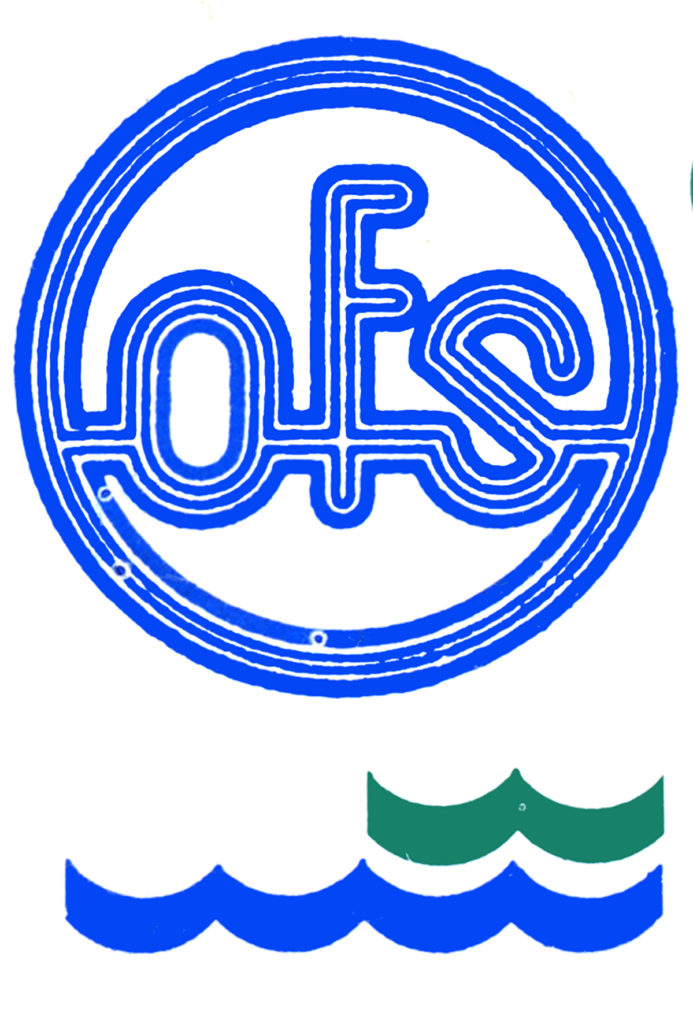First unions in Norway’s oil industry
 arbeidsliv, fagforeninger, logo, Første fagforeninger i oljeindustrien,
arbeidsliv, fagforeninger, logo, Første fagforeninger i oljeindustrien,When the issue of organising NCS personnel first arose, the general workers union initially took responsibility. It put a set of collective agreements on pay and conditions tailored the oil industry in place, had good support among the workforce and provided a well developed system of shop stewards.
Nevertheless, the LO decided in 1973 to shift responsibility for organising the NCS to the Seamen’s Union, partly because this had long experience of dealing with foreign employers.
Another consideration was that drilling rigs with their own propulsion machinery were classified as ships, and thereby subject to maritime law.
This decision caused ructions among the oil workers. Those employed at the bases and on the fixed installations in the North Sea did not feel they belonged with the seafarers.
Tax differences between groups of offshore personnel created dissatisfaction. While workers on fixed facilities paid ordinary Norwegian income tax, crew on mobile units enjoyed the lower seafarer’s rate.
Many in the former category felt the Seamen’s Union was not doing enough to eliminate this differential. Six months after the Seamen’s Union had taken over, the first “in-house” association was established among operator personnel on Ekofisk.[REMOVE]Fotnote: Marie Smith-Solbakken, Oljearbeiderkulturen. Historien om cowboyer og rebeller. 1997: 142-146.
Within a few years of its formation, this Ekofisk Committee took the initiative to bring several similar bodies on other fields under its wing.
This led to the formation of the national Collaboration Committee for Operator Unions (OLF), later renamed the Federation of Offshore Workers Trade Unions with the same abbreviation.
The LO response to this challenge was to establish the Norwegian Oil and Petrochemical Workers Union (Nopef) under its own banner to organise the petroleum sector.
 arbeidsliv, fagforeninger, logo, ofs
arbeidsliv, fagforeninger, logo, ofs
